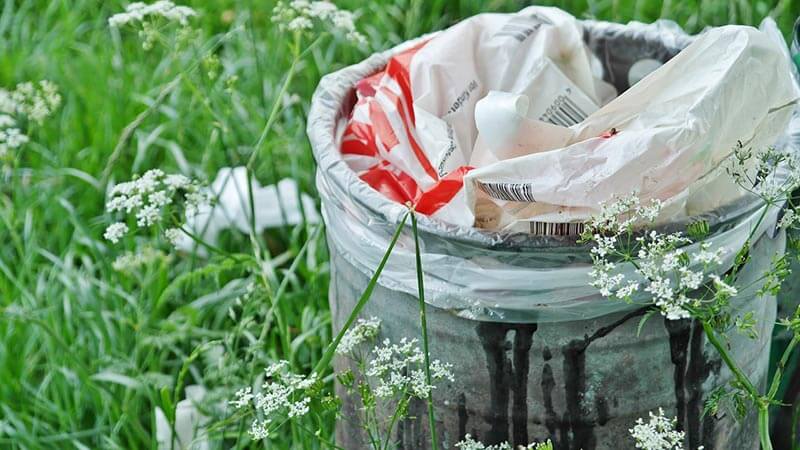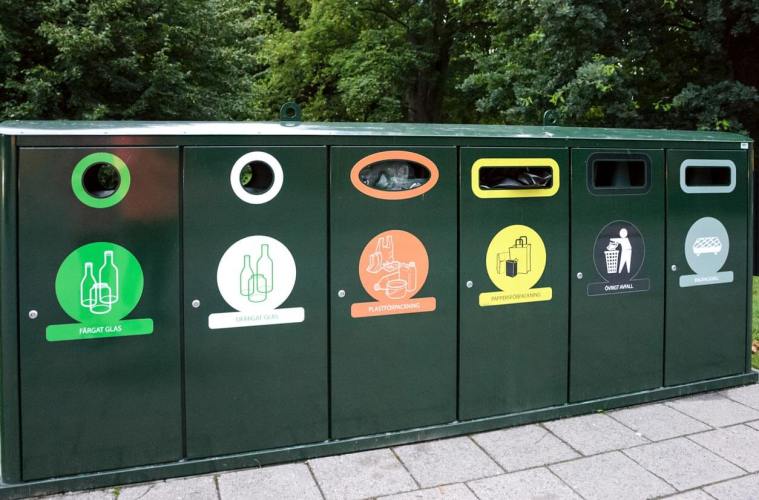The world is full of misinformation – that’s just a fact of human nature. Often, when it comes to the controversial topic of plastic use, swords are raised, battle cries are sung and environmentally conscious corporates are ready to lead the charge in the fight against plastic use.
Which is fantastic – in theory. But have you stopped to consider the impact that alternatives in packing applications have on our beloved Mother Earth?
We all want a world without plastic pollution, but do we want a world without plastic? Perhaps, instead, we should be aiming to ensure that 100% of plastic packaging will be reused, recycled or recovered, as is the goal of the American Chemistry Council. To achieve this goal and eliminate plastic waste in our oceans will immeasurably improve the environmental performance of plastic packaging.
International Findings

An international study prepared by Franklin Associates for the American Chemistry Council reports on well-established data around the energy and greenhouse gas (GHG) benefit of plastics compared to alternatives.
The study found that replacing plastic with alternative materials in packaging applications actually results in increased energy use, water consumption and solid waste. Not only this, but it was shown to increase greenhouse gas emissions, acidification, eutrophication (excessive richness of nutrients in a lake or other body of water, frequently due to run-off from the land, which causes a dense growth of plant life) and ozone depletion!
American Chemistry Council vice president of plastics Steve Russell said:
“This report builds upon established data on the energy and GHG benefits of plastics, compared to alternatives. It expands our understanding of critical environmental benefits beyond energy and highlights key environmental indicators like water use and waste generation.”
The study expanded on a 2014 report that used life cycle assessment methodology to compare the GHG emission potential and energy consumption of 6 different categories of plastic packaging compared to alternative packaging options.
Facts That May Surprise You
Data from the United States alone shows that when compared to alternatives, production, use and disposal of plastic packaging across the six studied areas per year saves:
- Enough energy to fuel 18 million passenger vehicles,
- Enough water to fill 461,000 Olympic swimming pools,
- Waste equivalent to the weight of 290,000 Boeing 747 airplanes
- The acidification potential of 292,000 railcars of coal.
“The findings challenge common misperceptions around plastics and underscore that plastic is a versatile efficient material that is helping to solve some of our greatest environmental challenges. However, we can’t realise its full benefits if we don’t work toward better end-of-life solutions.”
– Steve Russell, American Chemistry Council
Beyond the USA

The environmental advantage of using plastic is not limited to the USA.
In fact, Pladis UK & Ireland (owner of McVitie’s) have signed up to the UK Plastics Pact, and they are pledging to make all of their plastic packaging recyclable, reusable or compostable by 2025. The partnership was established in 2012 and has been continuing ever since.
As a result, millions of biscuit and cake wrappers have been recycled into items such as park benches and garden equipment – rather than ending up in landfill sites, says Plaids.
Our Commitment to New Zealand
Custom-Pak takes pride in the fact that nearly all of our products are recyclable. Most of the containers that we thermo-form are made from 100% RPET – recycled polyethylene terephthalate, with almost no new resin, added.
As full members of Plastics New Zealand, an organisation that works to positively influence plastic manufacturing in New Zealand, we behave in an environmentally responsible manner for the betterment of New Zealand.

